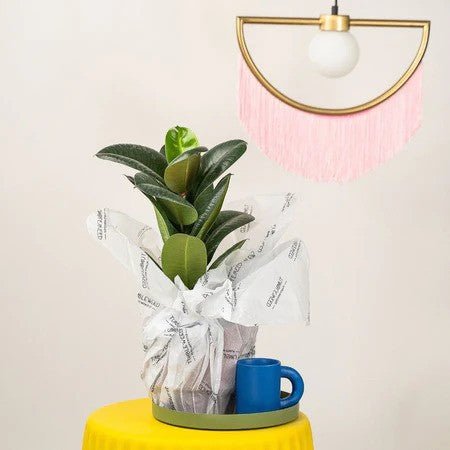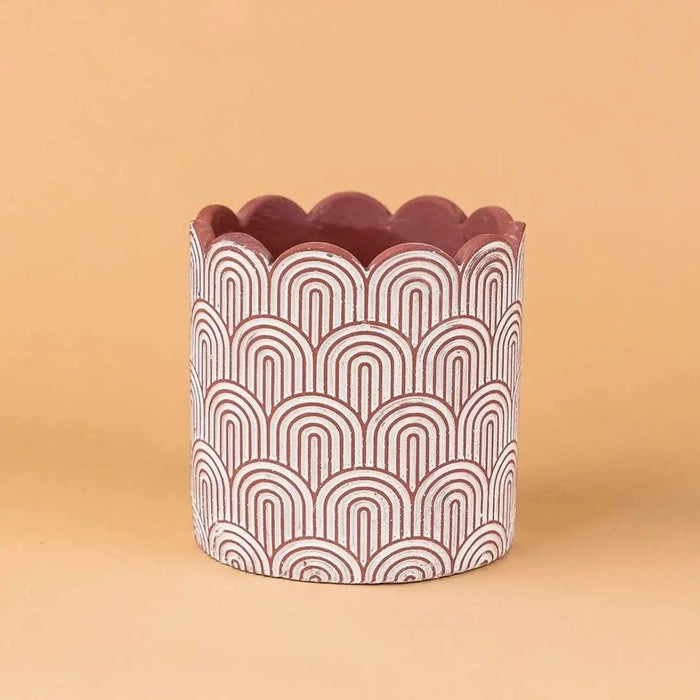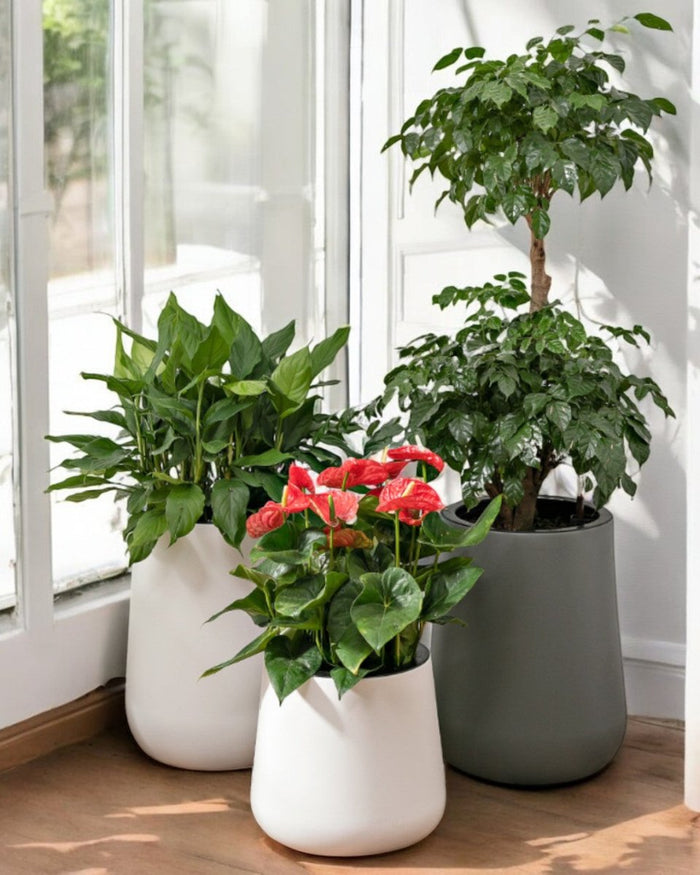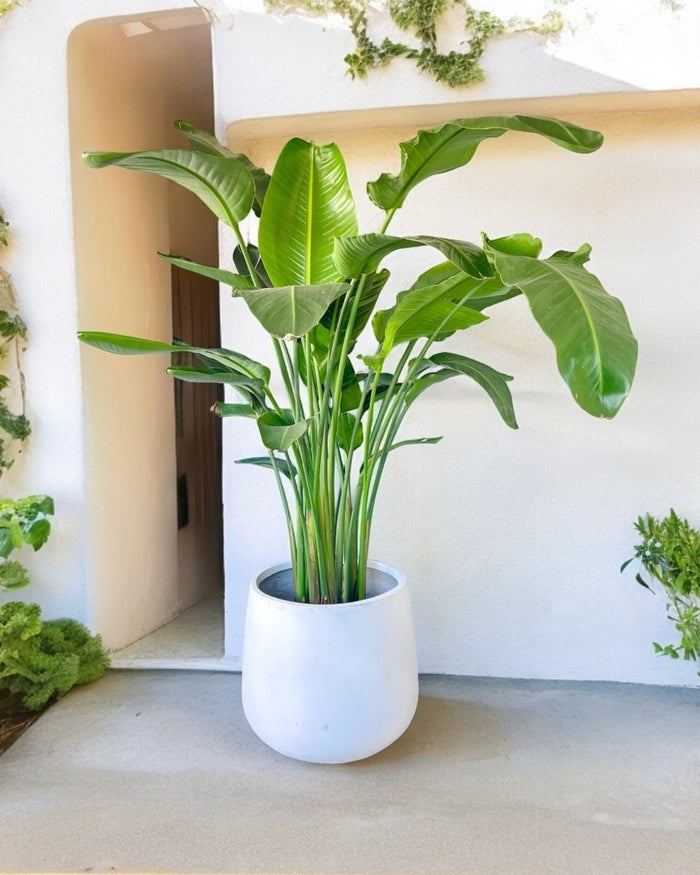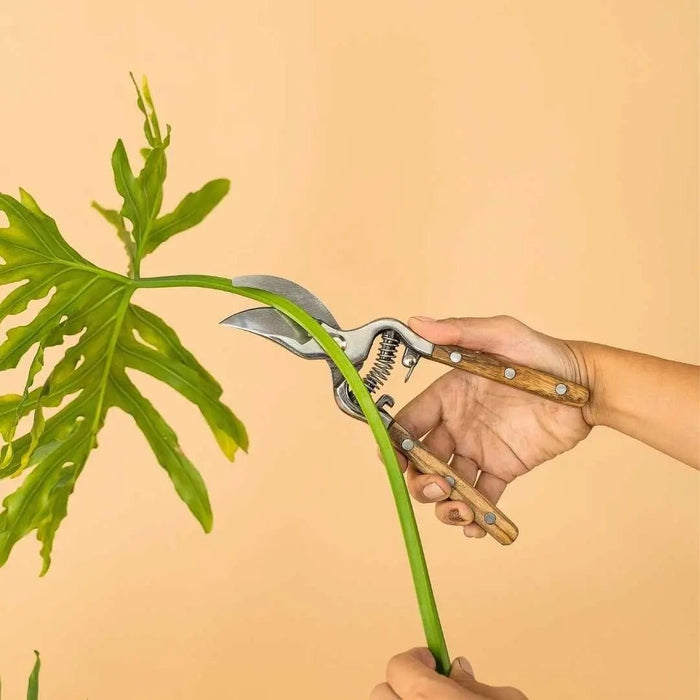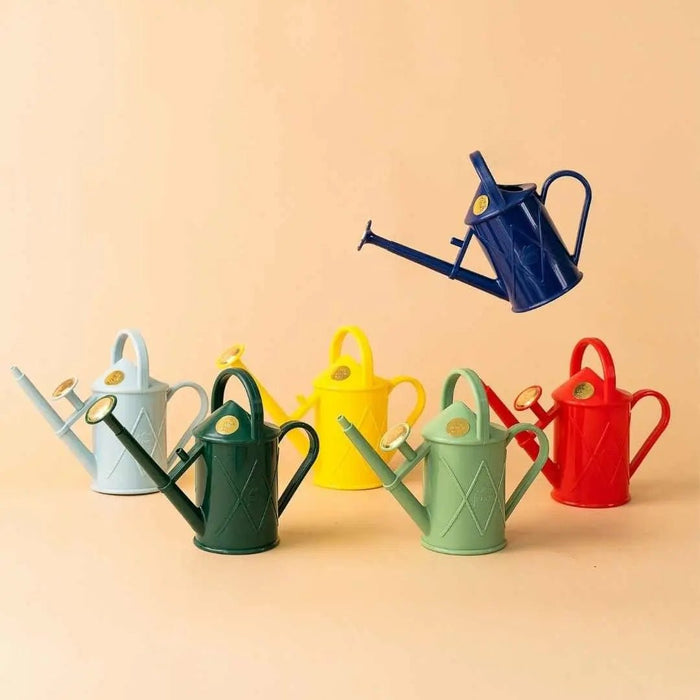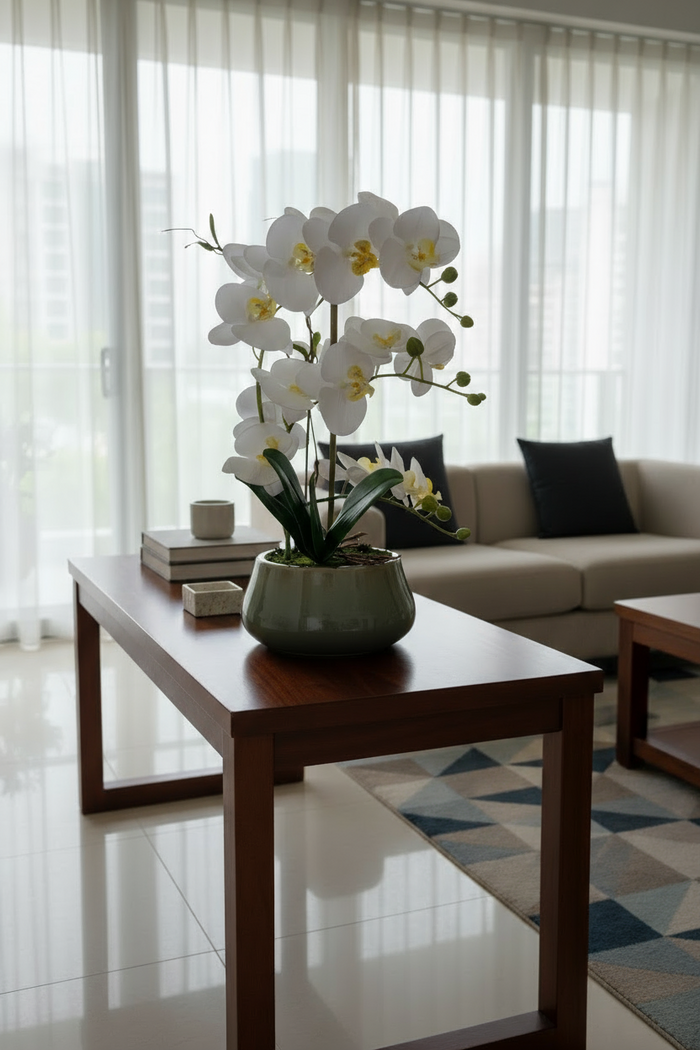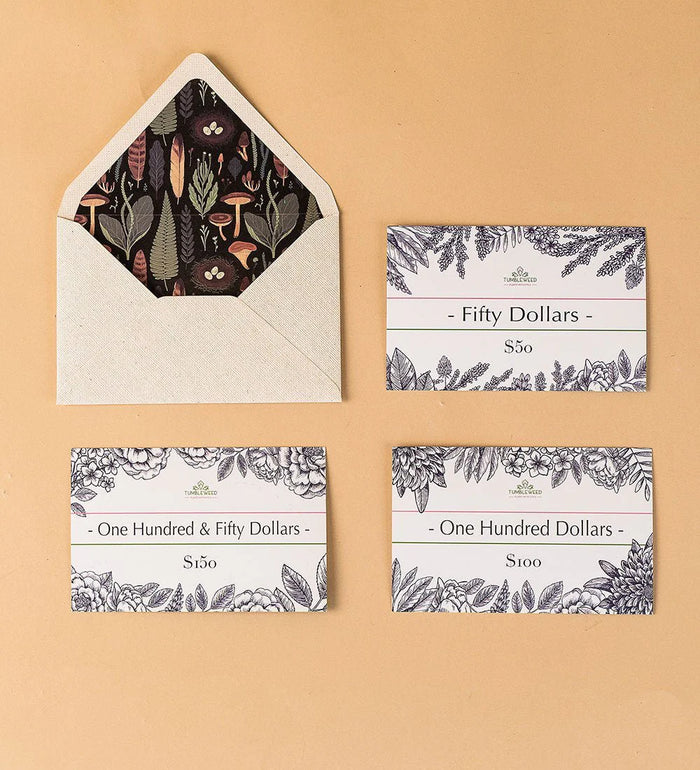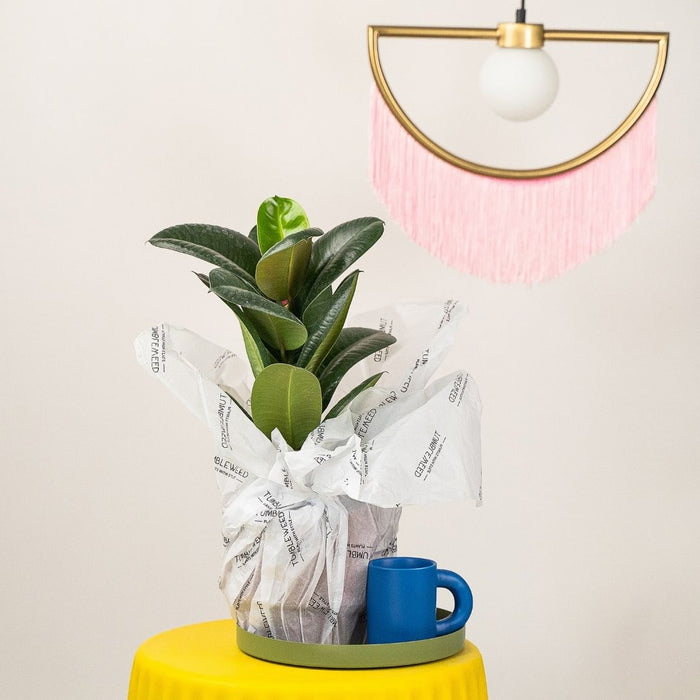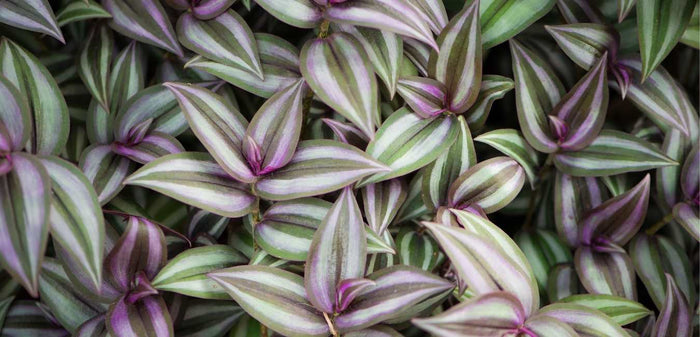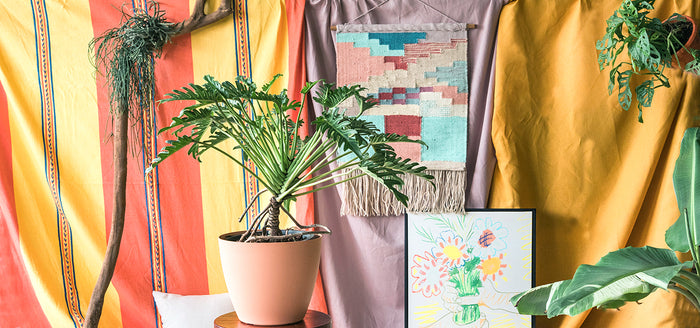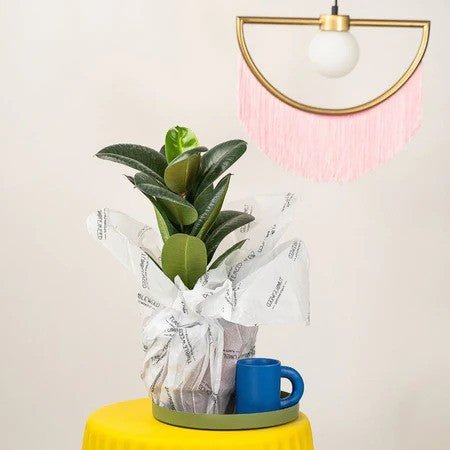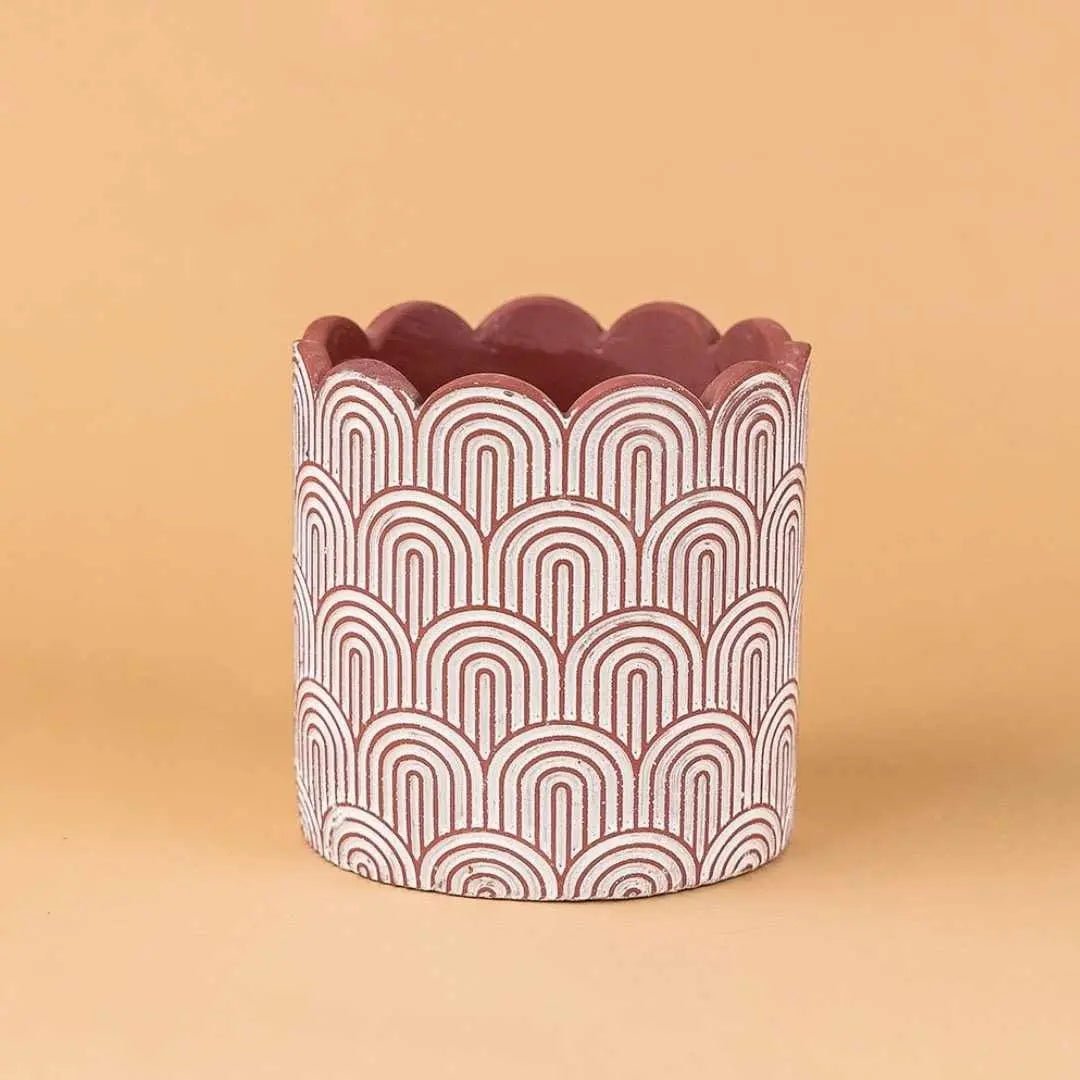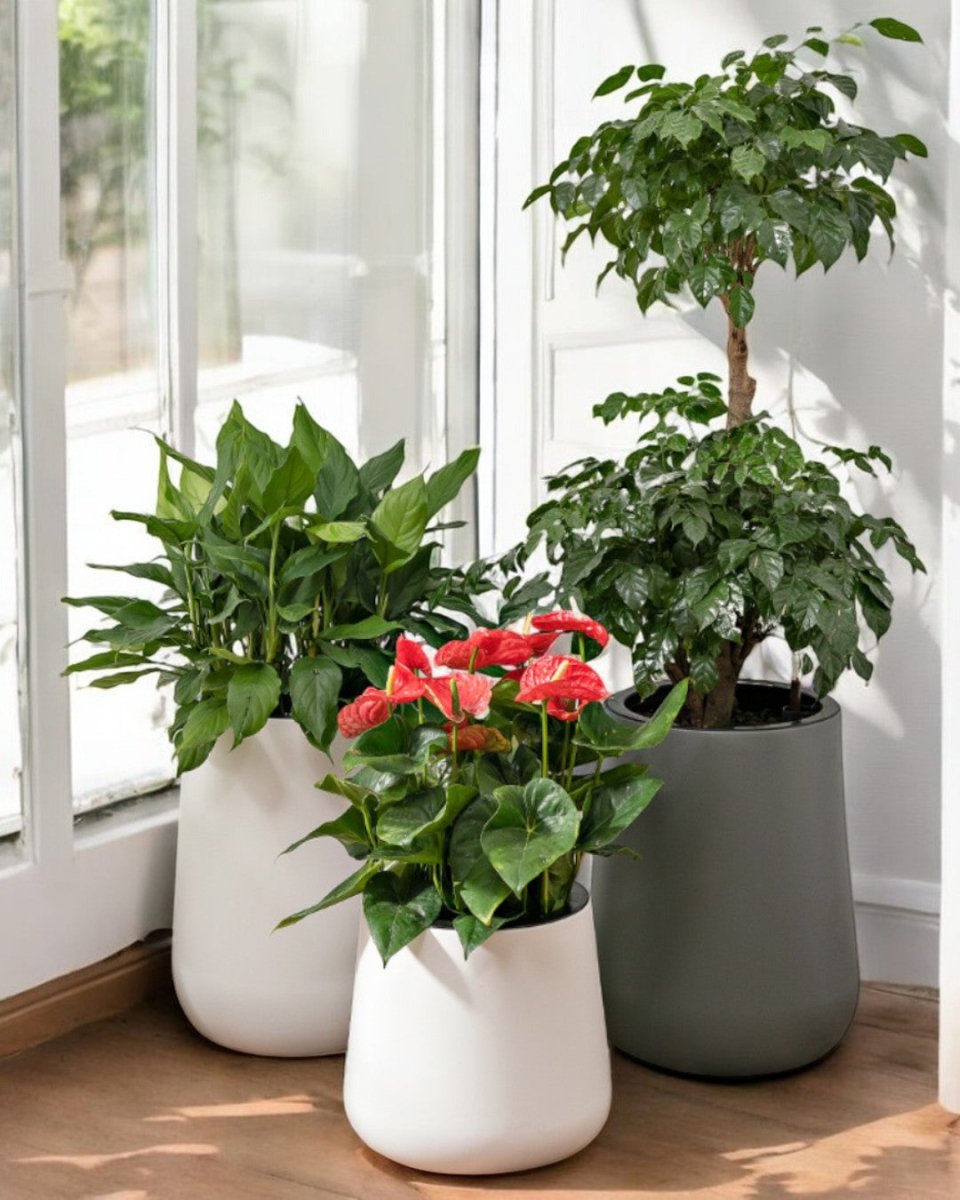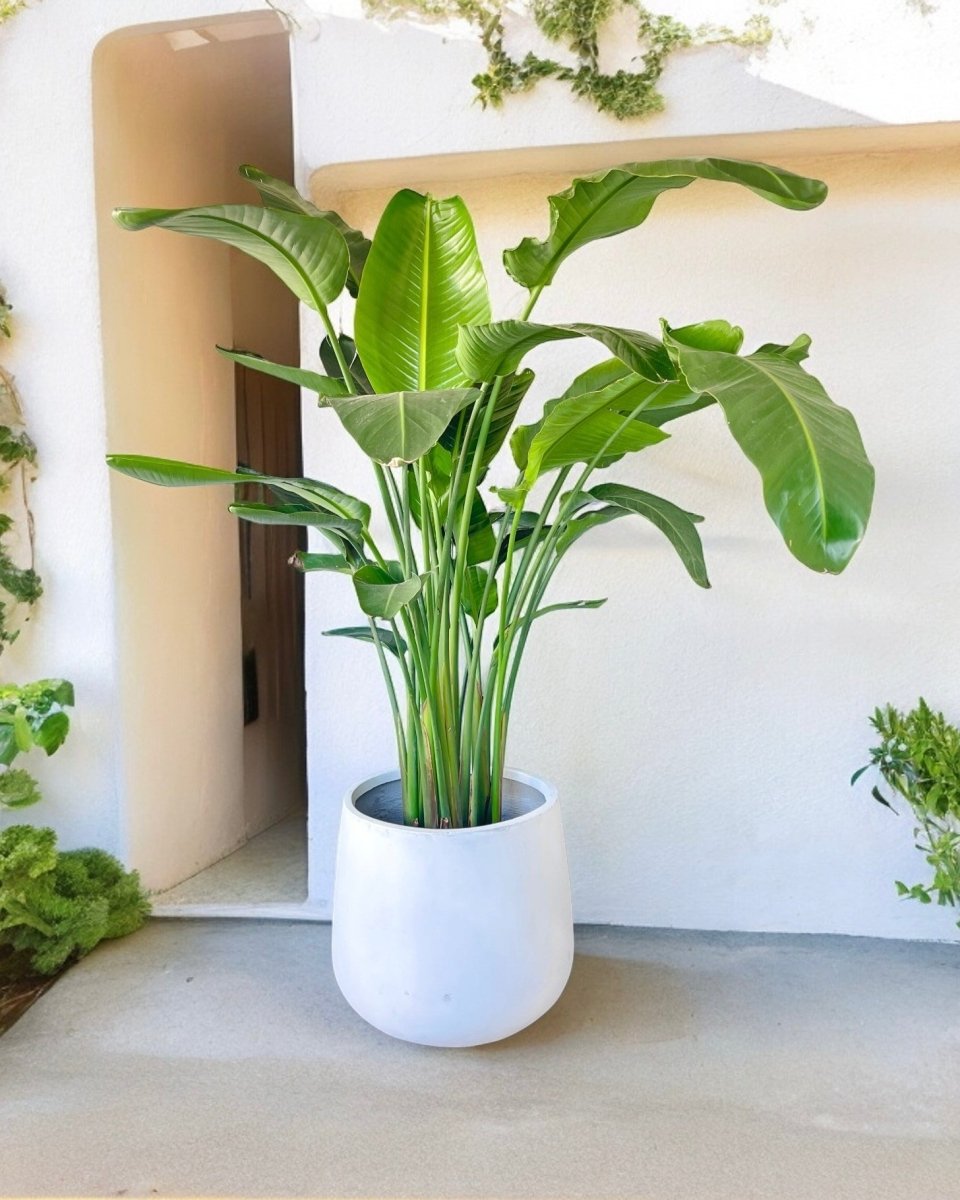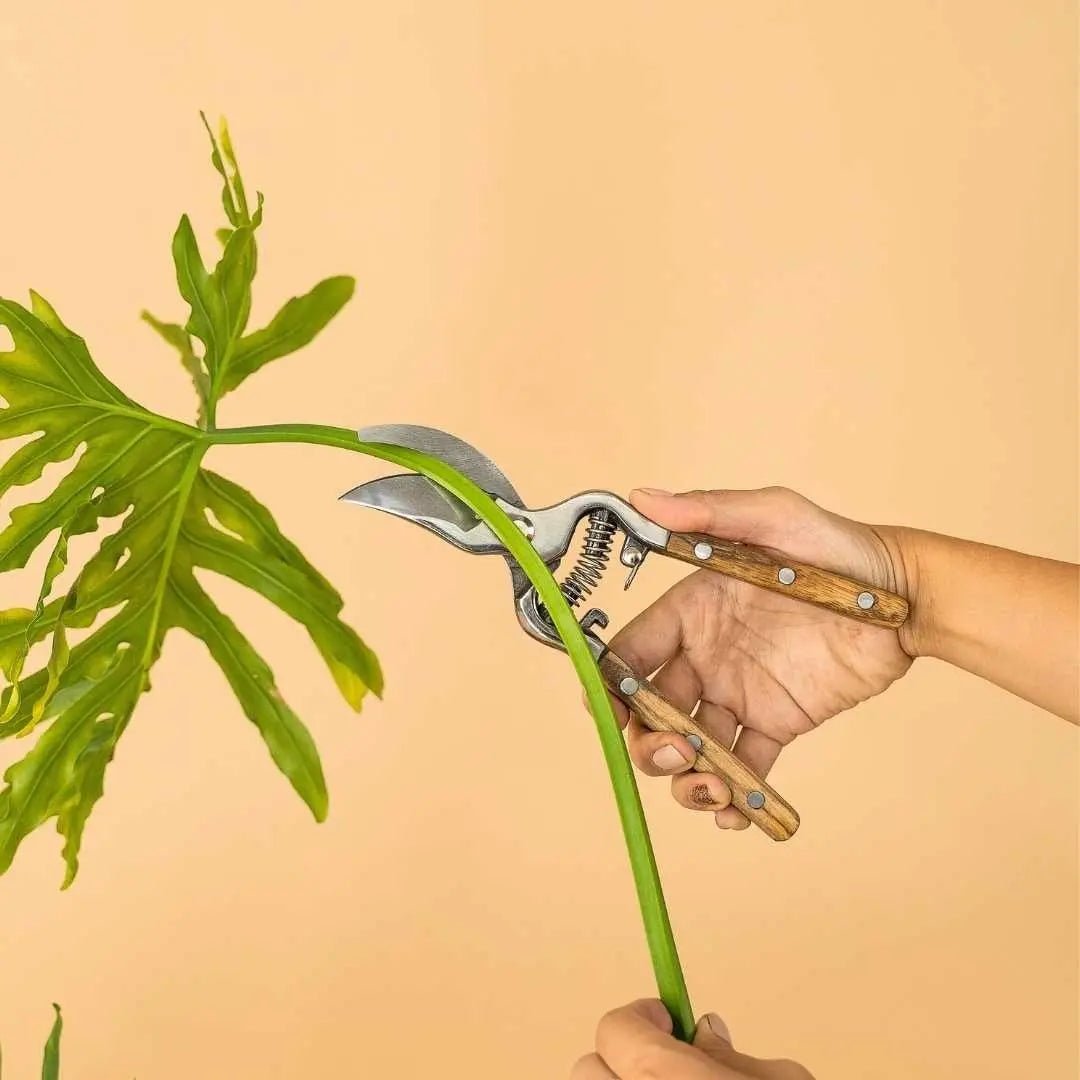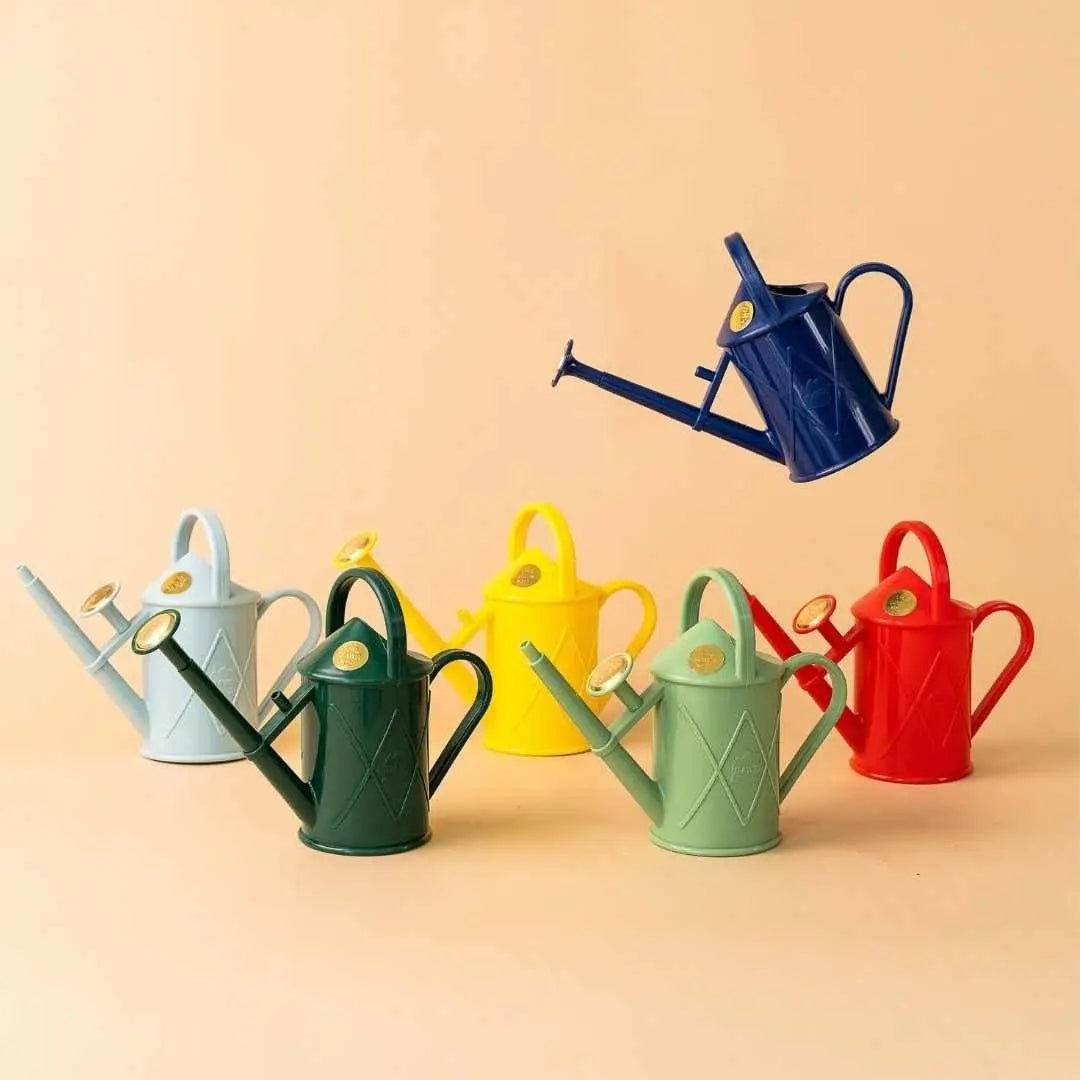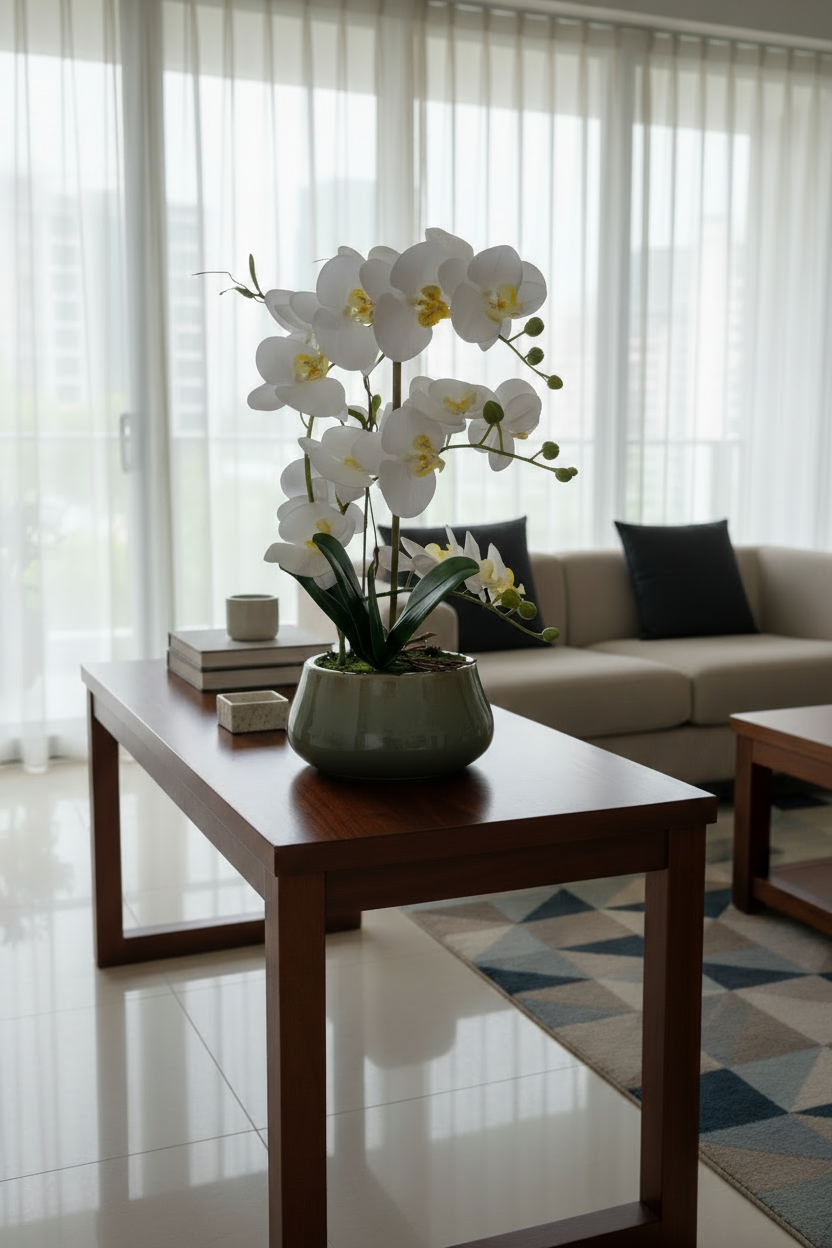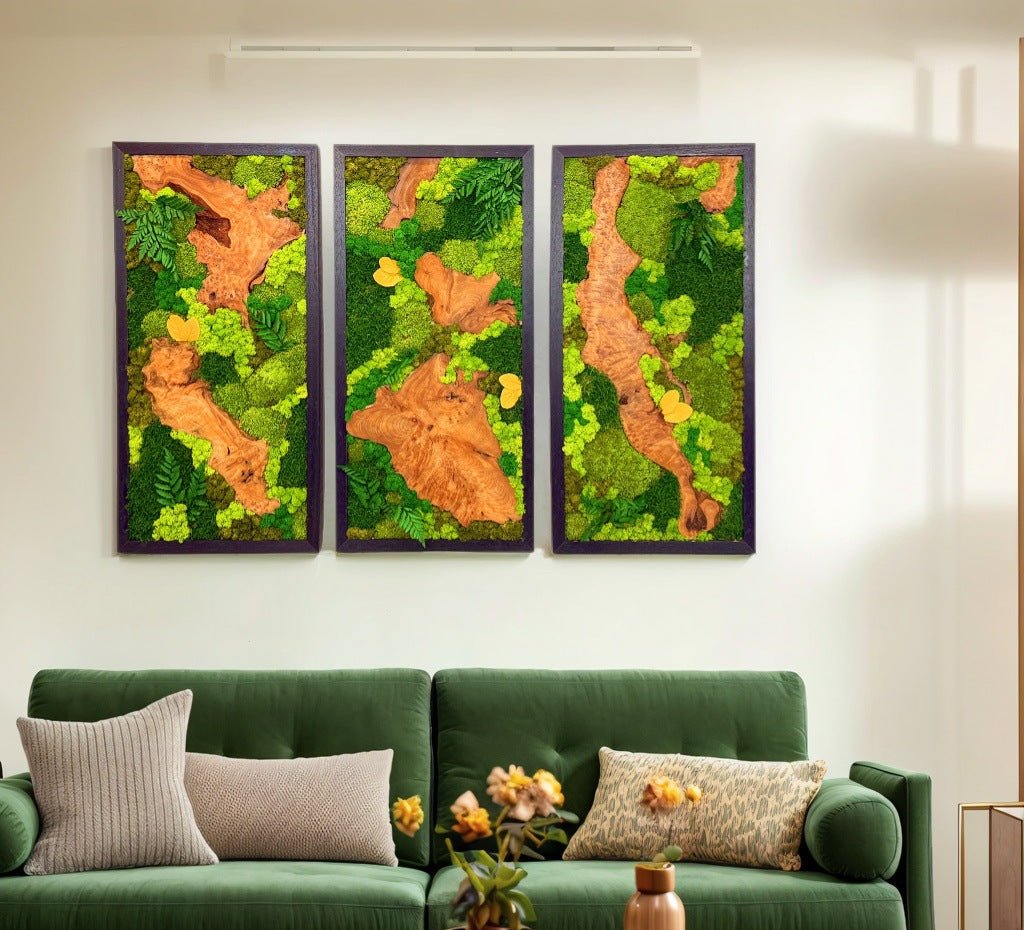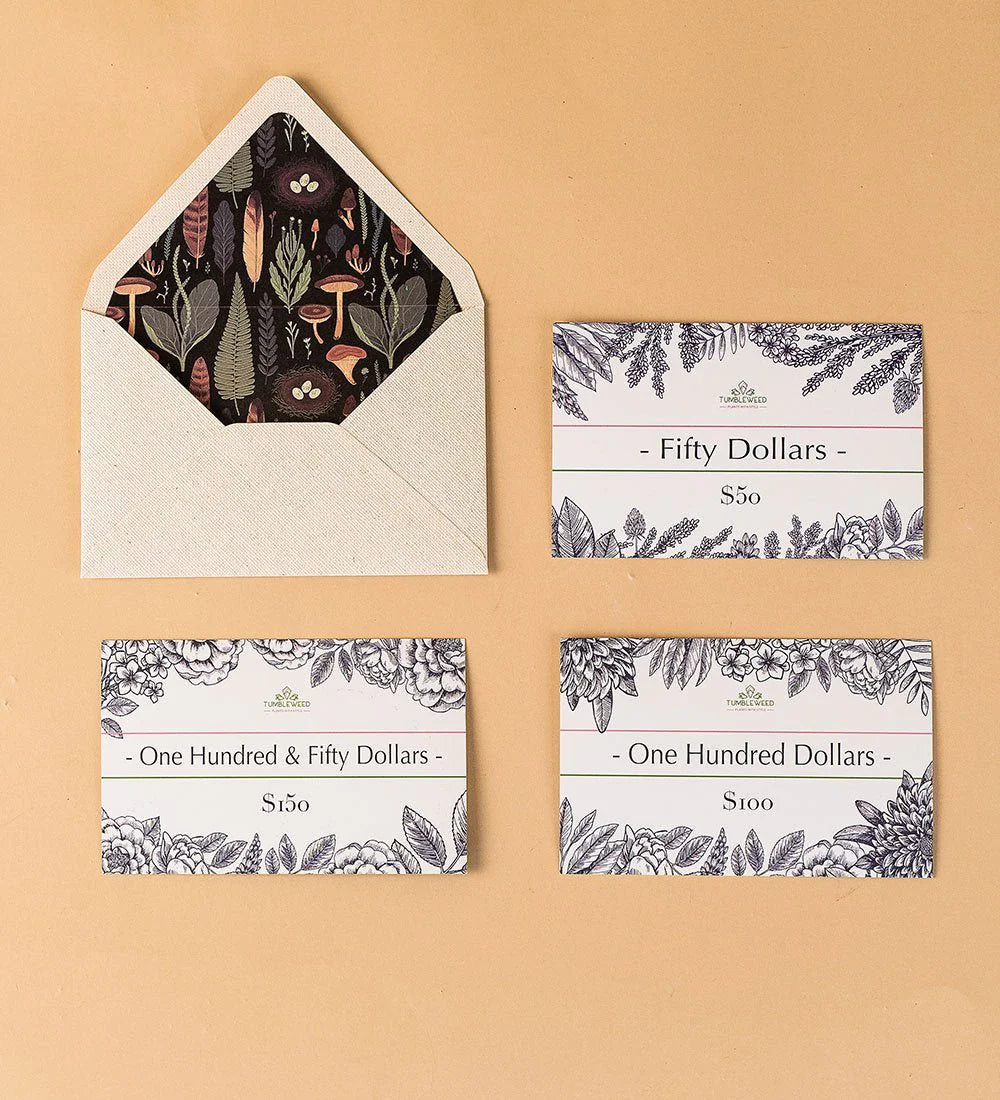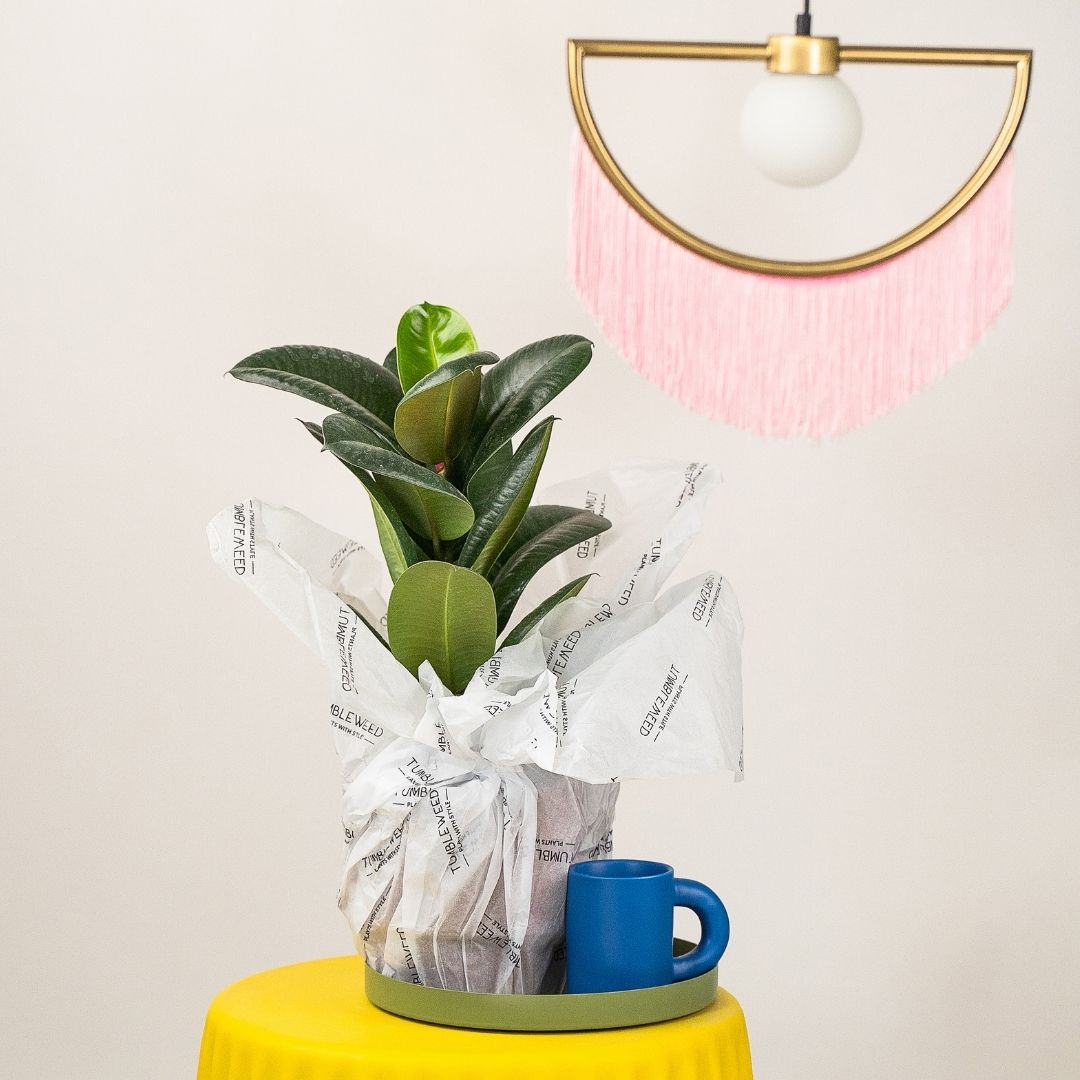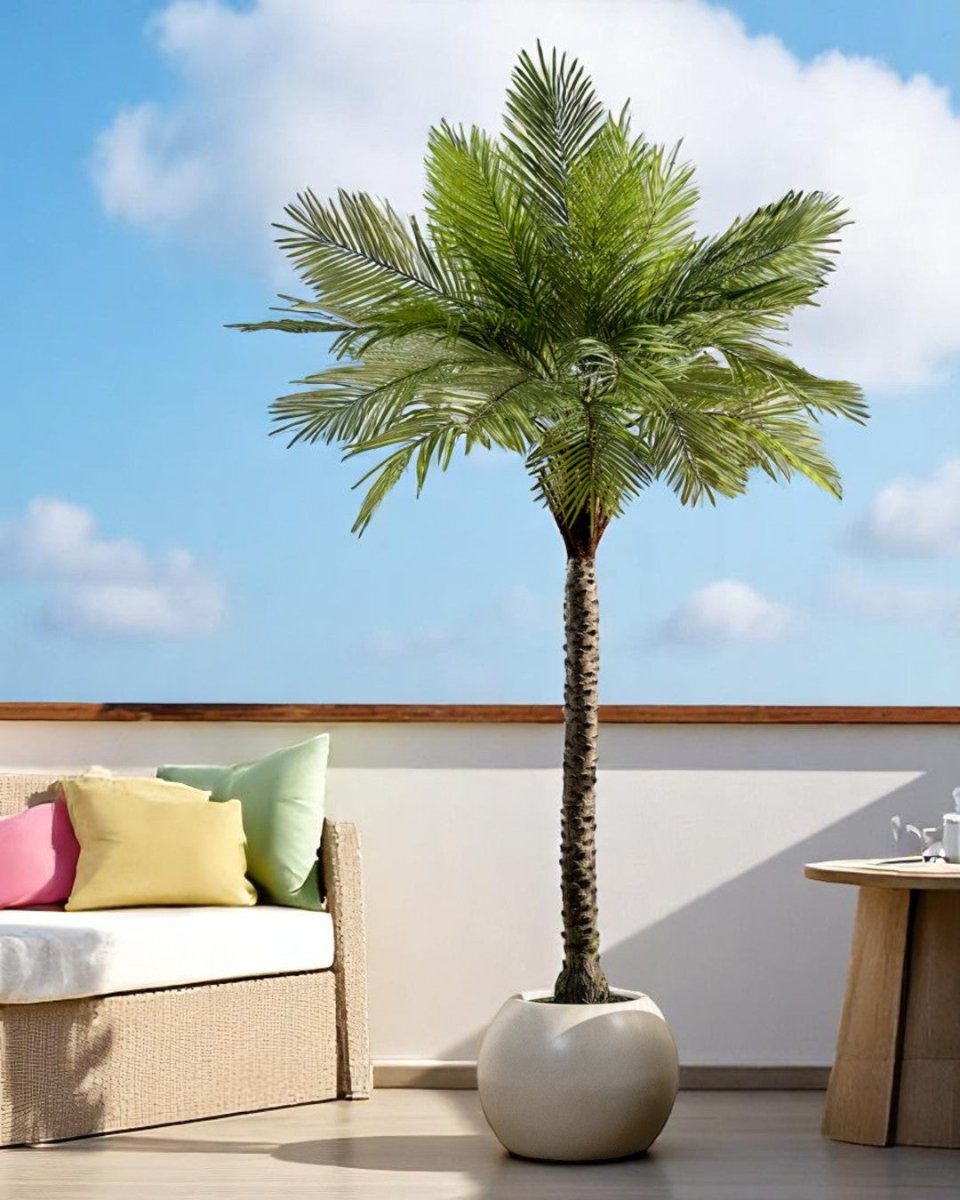Pilea foliage range from textured and lance-shaped leaves to tiny heart-shaped and moss-like foliage. Some Pileas are upright bushy types and some can be trailing types. Most Pileas are commonly cultivated as houseplants due to their interesting foliage and ease of care.
Search plants, planters, garden accessories and more.
-
Sale
-
Plants
-
Pots
-
Care
-
Decor
-
Gifts
-
Services
-
Business
Free Delivery Above $99 | Shop Now
What's New
-
 Hello 2026! Up to 25% off→
Hello 2026! Up to 25% off→ -
 🎁 Corporate Gifts! 🎁→
🎁 Corporate Gifts! 🎁→ -
 Transform your space with our Plant Styling Services!→
Transform your space with our Plant Styling Services!→ -
 Low Light Corner?→
Low Light Corner?→ -
 Login to Earn & Redeem Points!→
Login to Earn & Redeem Points!→ -
 🎉 Making buying plants easy! 🎉→
🎉 Making buying plants easy! 🎉→
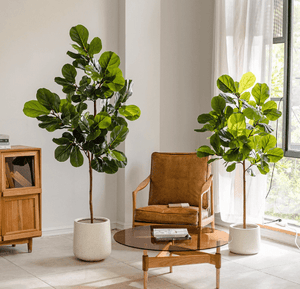
Hello 2026! Up to 25% off
Upgrade your decor now! Automatic tiered discounts mean bigger savings on plants, planters & more. Watch your progress bar fill up as you shop! Sale ends soon.
Shop Plants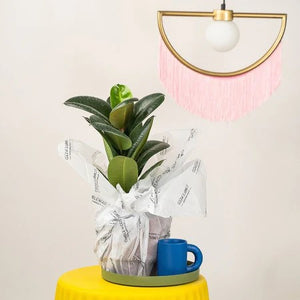
🎁 Corporate Gifts! 🎁
Planning corporate gifts for the festive season? Make a lasting impression with our premium plant gifts! Perfect for clients, partners, or employees, our curated selection of plants is both meaningful and elegant. Choose from a variety of options that fit any budget. Order now and ensure your corporate gifts are delivered in time for the celebrations.
Bulk Gifting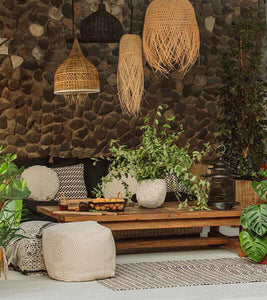
Transform your space with our Plant Styling Services!
Looking to refresh your space for the year-end festivities? Elevate your home decor with our Plant Styling service! Whether it’s a cozy corner or a grand living room, our expert tips will help you transform your space into a green oasis. Perfect for setting the holiday mood! Get inspired and start styling your space with our premium plant collections.
Start your Project
Low Light Corner?
No worries! Our Plant Lights are here to help your plants grow! Specially designed and made for houseplants.
Shop Lights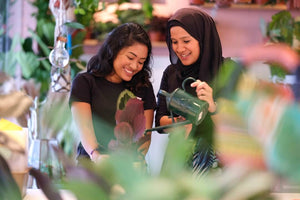
Login to Earn & Redeem Points!
Login and automatically enrol into our Rewards program, earning you points, and get exclusive deals and discount
Login Now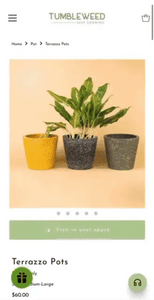
🎉 Making buying plants easy! 🎉
We have made buying plants even easier, with our customer service team, equipped to provide you with a plant recommendations. Hit us up on our chat channels to get started!
Shop NowUp to 25% off with our New Year Sale!
Free delivery above 99SGD
🎁 Free Gift Above $120
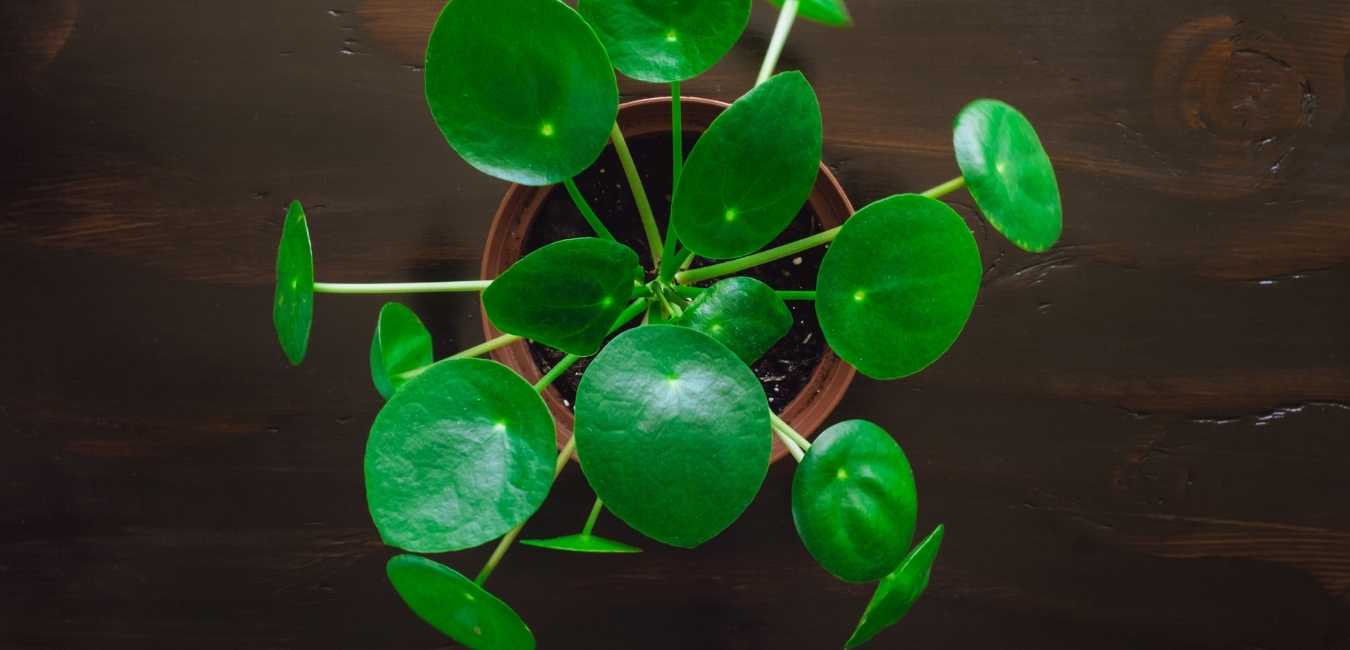
Pilea: Information and Plant Care Guide
Varieties from our listing
Interested to buy a plant from this group?
See what we have available HERE
Below is a general care guide for Pilea plants which can slightly differ depending on variety.
Light & Temperature
Most Pilea plants thrive in bright, indirect light. As the plant tends to stretch toward the sun, ensure a weekly rotation of the plant for an even growth on all sides. Do not expose your Pilea to direct sun as this can burn the leaves. Pileas can withstand lower light conditions but their foliage will not be as vibrant and the plant can grow leggy.
Indoors, Pileas are happy with normal room temperature. Protect them from being exposed to too much cold or hot air.
Watering, Humidity & Misting
Pilea plants have moderate to high water needs. Water only when the top inch of the soil has dried out. Droopy leaves can indicate thirst and the plant’s need for more water. Generally, the more light it receives, the more water the plant will require.
Pilea enjoys regular high humidity. Occasional misting can be done.
Soil and Repotting
Pilea plants prefer a moderately rich, well-draining potting mix.
It is recommended to repot a Pilea once every two years or when roots are growing through drainage holes or rising above the soil level.
Propagation
Pileas are easy to propagate by cuttings. Place cuttings in moist peat and keep them warm until they root. Your new plants should show roots and be ready for potting after 3-5 weeks.
Fertiliser
Use a balanced fertiliser formulated for houseplants. Follow the directions on the label of our Down to Earth. organic plant food.
Toxicity
Some Pileas are toxic if ingested and should be kept out of the reach of children and pets.
Possible Issues
Under the right care and conditions, your plant will grow happy and healthy. But here are some issues you may encounter while caring for a Pilea:
Aphids and whitefly - When spotted, wipe off with insect killing soap or apply neem oil.
Droopy and curling leaves - This is usually due to overwatering. Allow Pilea to dry out then slowly increase the amount of water as you see the plant recovering.
Brown leaf edges- This is usually due to too much light. Gradually move your Pilea to a better, shadier spot.
- Regular Price
- $10.00
- Sale Price
- $10.00
- Regular Price
- $22.00
- Unit Price
- /per
- Regular Price
- $12.00
- Sale Price
- $12.00
- Regular Price
- $22.00
- Unit Price
- /per
TumbleweedPlants.com
Live Chat 💬
Whatsapp:+65 80561106
getintouch@tumbleweedplants.com
514 Chai Chee Lane (Office & Warehouse)
-Strictly not open to walk-in
Company
Helpful Links
Join Our Community
Join 40,000+ plant lovers and get care tips & inspiration.
About
TumbleweedPlants.com is an independent plants retail brand, established in Singapore in 2016. We make stylish indoor plants easy and accessible to all with great looking houseplant varieties, the biggest selection of planters and indoor plant care essentials delivered to your door.
Shop with confidence from the Best Plant Home Decor Online Store Today!

